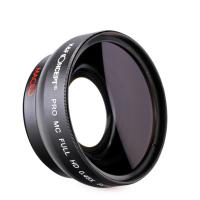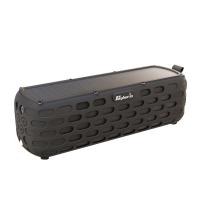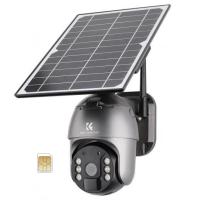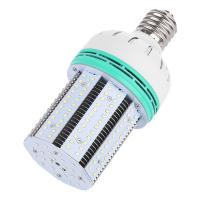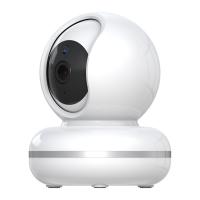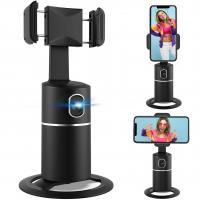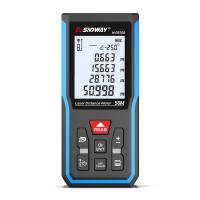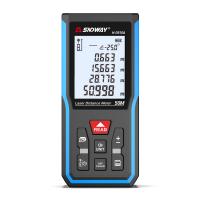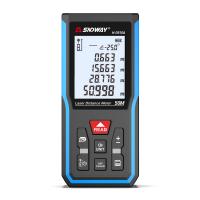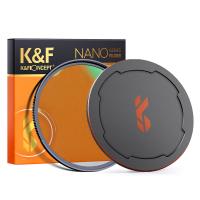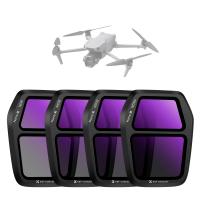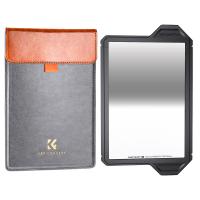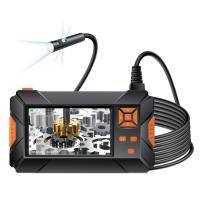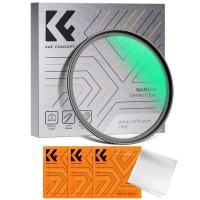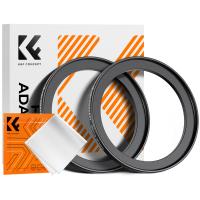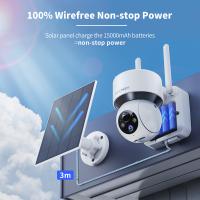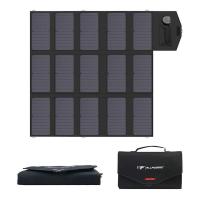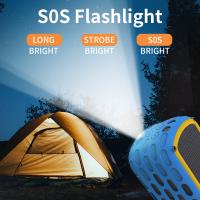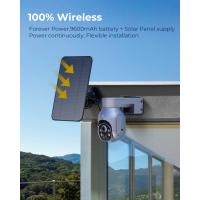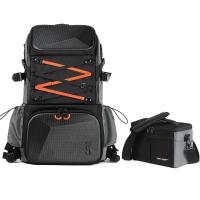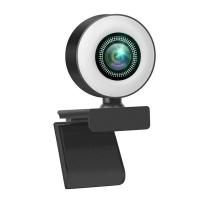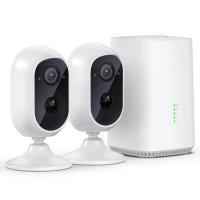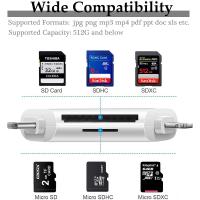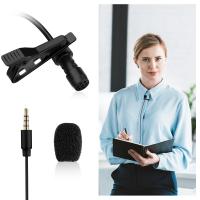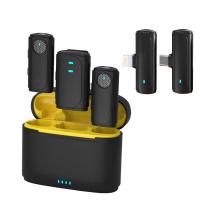What Is The Best Angle For Solar Panels?
When it comes to optimizing the performance of solar panels, one of the most critical factors to consider is the angle at which they are installed. The angle of solar panels can significantly impact their efficiency and the amount of electricity they generate. This article will delve into the various aspects of determining the best angle for solar panels, including geographical location, seasonal variations, and specific use cases. By the end of this article, you will have a comprehensive understanding of how to position your solar panels for maximum efficiency.

Understanding Solar Panel Angles
The angle of a solar panel, also known as the tilt angle, is the angle between the panel and the ground. This angle is crucial because it determines how much sunlight the panel can capture. The goal is to maximize the amount of direct sunlight hitting the panel, thereby increasing its efficiency.
Geographical Location
The optimal angle for solar panels largely depends on your geographical location. The closer you are to the equator, the less you need to tilt your panels. Conversely, the farther you are from the equator, the more you need to tilt them.
Equatorial Regions
In regions close to the equator, the sun is almost directly overhead throughout the year. Therefore, solar panels in these areas should be installed at a relatively low angle, close to horizontal. A tilt angle of about 10-15 degrees is generally recommended.
Mid-Latitude Regions
For regions located between the equator and the poles, the optimal angle varies more significantly with the seasons. A general rule of thumb is to set the tilt angle equal to the latitude of your location. For example, if you are at a latitude of 40 degrees, your solar panels should be tilted at an angle of 40 degrees.
Polar Regions
In polar regions, the sun is always low on the horizon, even during the summer months. Therefore, solar panels should be tilted at a steep angle to capture as much sunlight as possible. An angle of 60-75 degrees is often recommended.
Seasonal Adjustments
While setting the tilt angle equal to your latitude is a good starting point, making seasonal adjustments can further optimize the performance of your solar panels.
Summer
During the summer months, the sun is higher in the sky. To capture the maximum amount of sunlight, you should decrease the tilt angle by about 10-15 degrees from your latitude. For example, if your latitude is 40 degrees, you should tilt your panels at an angle of 25-30 degrees during the summer.
Winter
In the winter, the sun is lower in the sky. To maximize sunlight capture, you should increase the tilt angle by about 10-15 degrees from your latitude. So, if your latitude is 40 degrees, you should tilt your panels at an angle of 50-55 degrees during the winter.
Fixed vs. Adjustable Mounts
Another important consideration is whether to use fixed or adjustable mounts for your solar panels. Fixed mounts are simpler and less expensive but do not allow for seasonal adjustments. Adjustable mounts, on the other hand, enable you to change the tilt angle throughout the year, thereby optimizing performance.
Fixed Mounts
If you opt for fixed mounts, it's best to set the tilt angle to your latitude. This provides a good balance between summer and winter performance. While you won't achieve maximum efficiency in either season, you will get a consistent performance year-round.
Adjustable Mounts
Adjustable mounts are more complex and costly but offer the advantage of seasonal optimization. By adjusting the tilt angle a few times a year, you can significantly increase the overall efficiency of your solar panels.
Specific Use Cases
Different use cases may require different tilt angles. For example, if you are using solar panels for a specific purpose, such as heating water or powering a particular device, you may need to adjust the angle to meet those specific needs.
Solar Water Heating
For solar water heating systems, the optimal angle may differ from that of photovoltaic panels. These systems often require a steeper angle to maximize heat capture, especially in the winter months.
Off-Grid Systems
For off-grid systems, where maximizing energy capture is crucial, adjustable mounts are often the best choice. This allows you to make the most of the available sunlight throughout the year.
Practical Tips for Installation
1. Use a Solar Angle Calculator: Several online tools can help you calculate the optimal tilt angle based on your location and the time of year.
2. Consider Shading: Ensure that your panels are not shaded by trees, buildings, or other obstructions, as this can significantly reduce their efficiency.
3. Regular Maintenance: Keep your panels clean and free of debris to ensure they are operating at maximum efficiency.
4. Professional Installation: If you are unsure about the best angle or how to install your panels, consider hiring a professional. They can provide valuable insights and ensure that your system is set up correctly.
Determining the best angle for your solar panels is a crucial step in optimizing their performance. By considering factors such as geographical location, seasonal variations, and specific use cases, you can maximize the efficiency of your solar energy system. Whether you choose fixed or adjustable mounts, the key is to ensure that your panels capture as much sunlight as possible throughout the year. With the right angle and proper maintenance, your solar panels can provide a reliable and efficient source of renewable energy for years to come.


